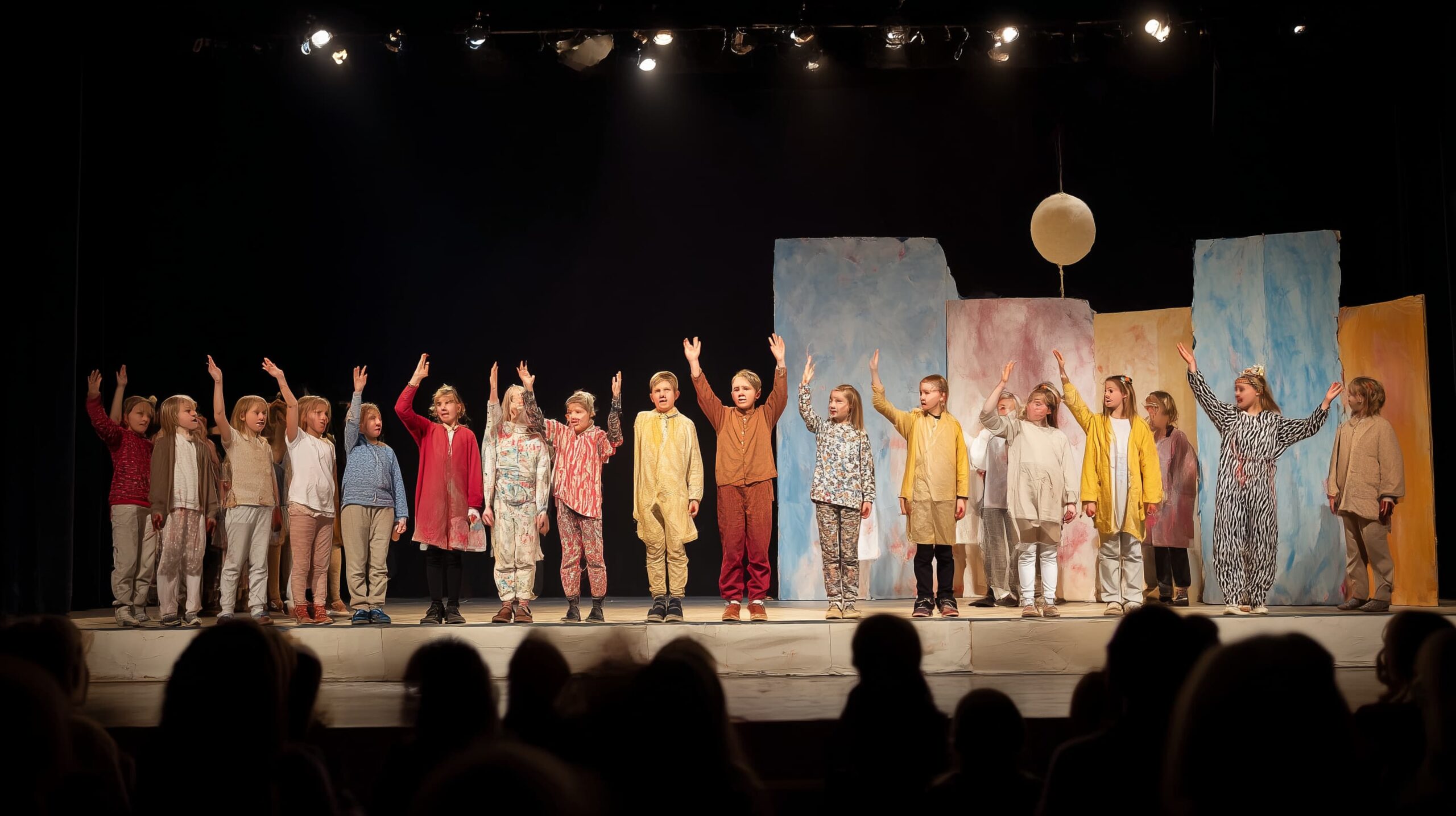Charity Through Art: How Children Express Kindness Through Drawing, Music, and Theater
In a world where social issues can often feel overwhelming, the pure, creative spirit of children has the power to shine a hopeful light. One of the most powerful and often overlooked ways children express kindness and compassion is through the arts — drawing, music, and theater. Artistic expression offers kids a unique and emotionally resonant platform to promote empathy, build community, and contribute meaningfully to charitable causes.
The Universal Language of Art
Children naturally gravitate toward creativity. Crayons, songs, or school plays are more than just activities; they are gateways to emotional understanding. Art allows kids to process complex emotions and express thoughts they might not yet have the vocabulary for. When aligned with a mission of kindness or charity, their artistic creations become powerful tools of awareness and healing.
Drawing Kindness: Visual Art as a Bridge to Empathy
From heart-shaped drawings to vivid depictions of helping hands, children often express empathy through visual art. Many school programs and community centers now host charity-driven art contests or exhibitions where young artists contribute works that reflect themes like inclusion, hope, or gratitude.
For instance, in several U.S. cities, student artwork has been used to create greeting cards sold to support local shelters or food banks. The proceeds not only benefit those in need but also teach young artists that their talent can bring real-world change. The act of donating artwork becomes an early and memorable lesson in altruism.
In therapeutic settings, children who have experienced trauma may use art to process their emotions — and when their creations are shared publicly, it often raises awareness about issues like homelessness, grief, or bullying. These drawings don’t just inspire donations — they create dialogue.
Music With a Mission
Music programs are another dynamic way young people engage with charity. Whether it’s a classroom songwriting project or a community choir performance, music enables children to connect emotionally while raising awareness for important causes.
One inspiring example is “Songs for Service,” a grassroots initiative where children compose and perform original songs about kindness, which are then recorded and shared during community events. Donations collected at these events go directly to charitable programs chosen by the students themselves. This empowers kids not only to be artists, but also young philanthropists.
Singing about hope, peace, or unity, children can create ripple effects far beyond their classrooms. When parents, neighbors, and local leaders hear heartfelt lyrics written by youth, it fosters a deeper connection and sense of purpose within the community.
Theater and the Power of Storytelling
Theater is perhaps the most immersive of the arts, blending visual, musical, and narrative elements. Through plays and performances, children can inhabit the roles of others, walking in someone else’s shoes — an exercise in empathy as much as performance.
Several schools and youth theaters in the United States have developed “Kindness Plays” — short productions written and performed by students, focusing on themes like anti-bullying, inclusion of students with disabilities, or caring for the elderly. These performances are often staged in public spaces or retirement homes, delivering not just a message but also meaningful interactions.
In some communities, proceeds from ticket sales support relevant charities. For example, a play about food insecurity might raise funds for a local food pantry. This model reinforces the idea that creativity can directly impact societal issues.
Emotional Development and Confidence
Charitable art programs don’t just help others — they build character in the children who participate. Through artistic expression, young people learn patience, teamwork, and resilience. More importantly, they learn that kindness is not just a passive emotion but an active choice — something they can manifest and share.
When children see that their songs moved an audience to tears or that their drawings raised enough to buy a meal for a family, it affirms the power of their voice. It teaches them that they matter — and that their compassion has value.
Programs Making a Difference
Across the U.S., programs that combine arts and philanthropy are growing. Organizations like Art With Heart, Project Giving Kids, and local art councils now incorporate youth-driven art initiatives with clear charitable missions.
One notable example is the “Kindness Through Creativity” project in Seattle, where schoolchildren create visual art inspired by real-life heroes in their community. Their work is later displayed in a public gallery, and proceeds from print sales go to nonprofit organizations chosen by the children. Projects like this foster civic engagement at an early age and make charity feel personal, not abstract.
Encouraging Parents and Educators
To amplify these efforts, parents and teachers can take small but impactful steps. Here are a few ways to encourage children’s charitable expression through the arts:
- Host a kindness-themed art show at your school or church, with donations benefiting a local cause.
- Encourage musical performances at nursing homes or community centers.
- Create a collaborative mural in a public space centered on inclusion or hope.
- Help kids write and perform skits that address everyday kindness and share them on social media.
- Partner with local nonprofits for student-led creative projects tied to fundraising goals.
The key is to let children take ownership of the process, from idea to execution. Their authenticity is what makes the impact so powerful.
Conclusion: Art as a Catalyst for Good
Children are capable of profound kindness, and when given the tools of art, they become messengers of hope. Drawing, music, and theater are more than just extracurriculars — they are mediums for generosity, healing, and social change. By encouraging and showcasing their creativity, we help raise not just artists, but empathetic leaders of tomorrow.
Let’s give them the stage, the canvas, and the spotlight — and watch how beautifully they change the world.

